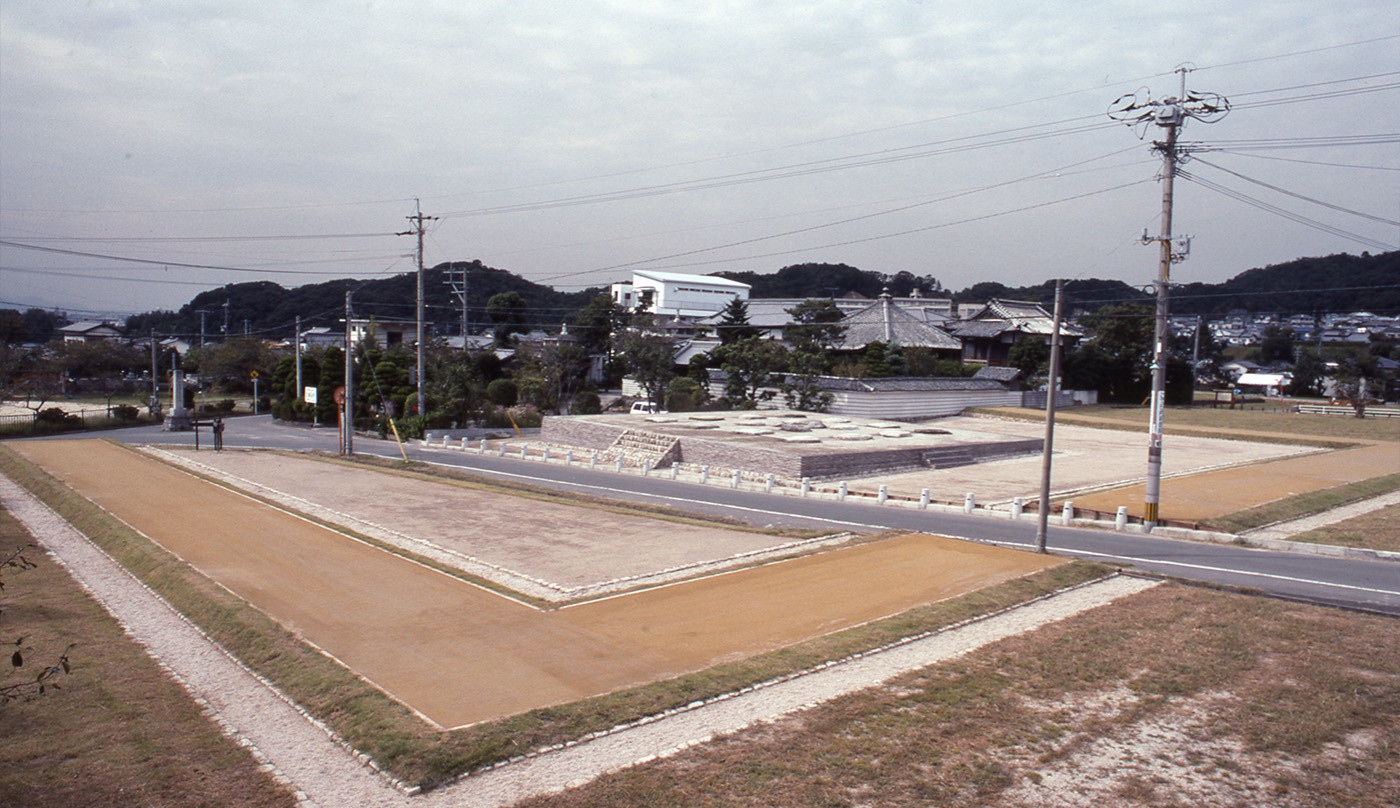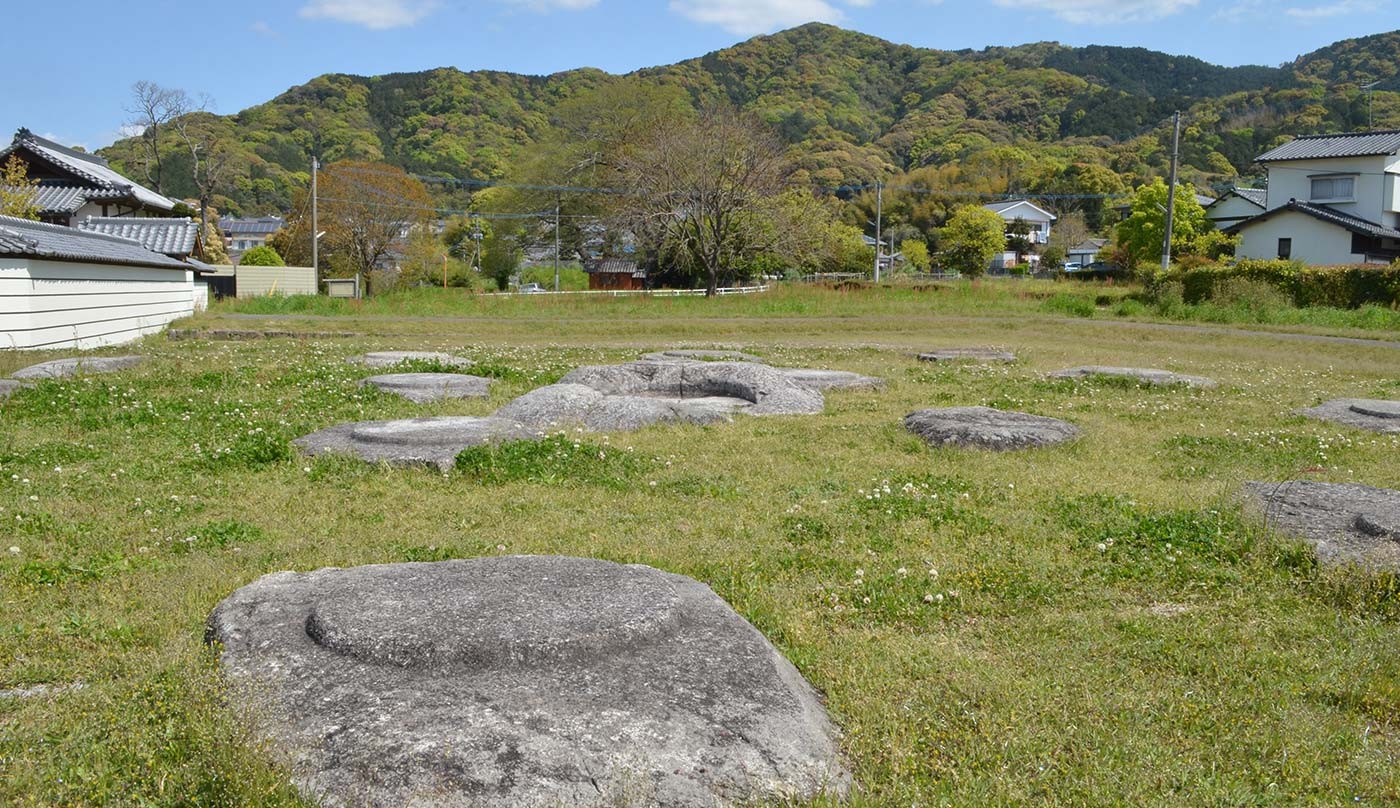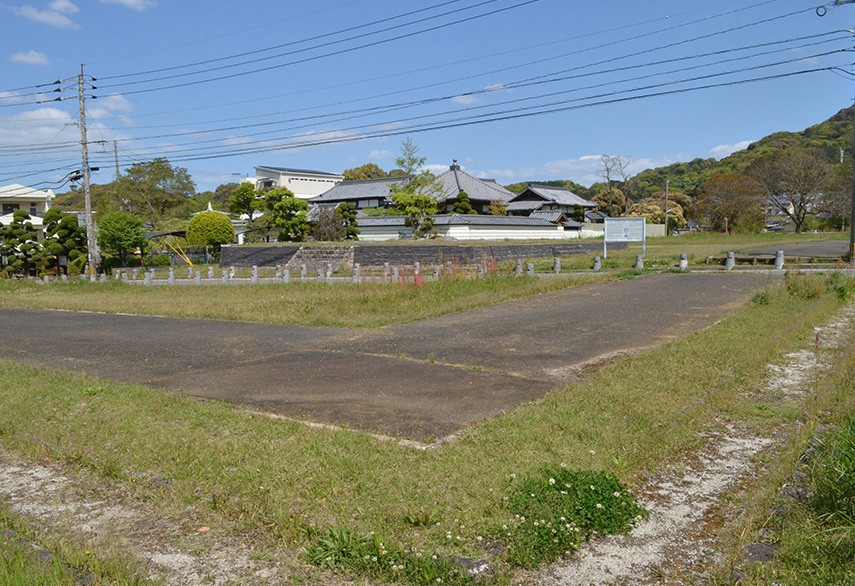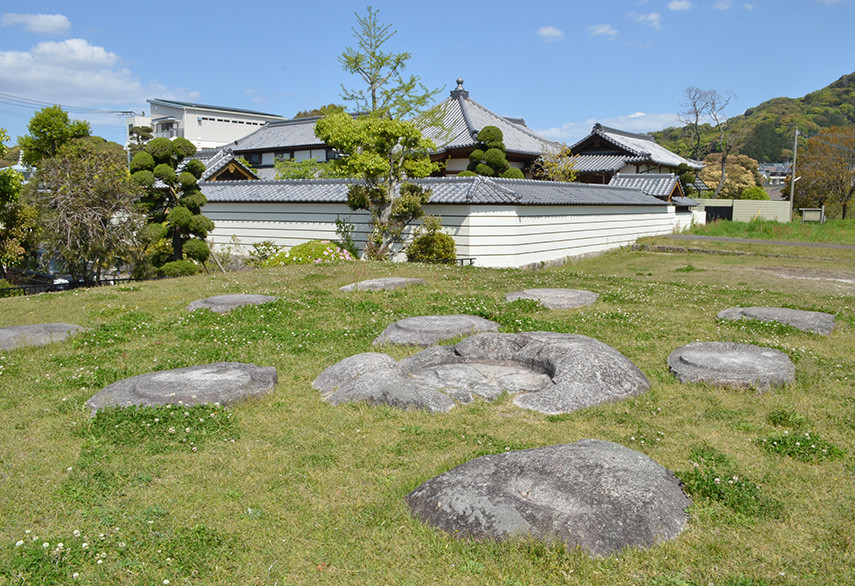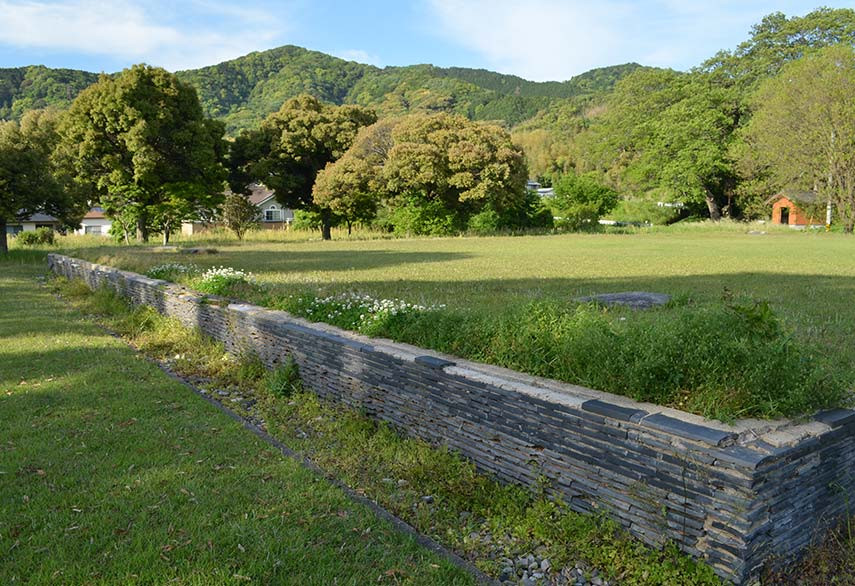
Chikuzen Kokubun-ji Temple Ruins
| Location | City of Dazaifu |
|---|---|
| Designation | National Historical Site |
| Emblem | 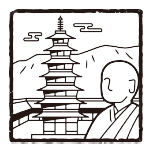 |
This is one of the Kokubun-ji Temple constructed nationwide under the orders of Emperor Shomu. Wood tabs related to census registration were discovered around this site, suggesting that there were related facilities for Chikuzen-no-kuni Province, such as a provincial office nearby. The surrounding landscape still retains some remnants of that era.
A Symbol of Spiritual Protection of the State
Plagued by a smallpox epidemic, famine, civil war, and other repeated disasters, Emperor Shomu built Kokubun-ji Temple and Kokubuni-ji Temple across Japan to quell the nation through Buddhism, and issued an imperial decree to store scriptures in a seven-storied pagoda. While the exact date of construction for Chikuzen Kokubun-ji Temple is unknown, it is believed to have been built before other Kokubun-ji Temple in Kyushu based on historical records. According to excavations, there was a main hall at the current location of Kokubun-ji Temple, which had a lecture hall behind it and was connected to a middle gate by a cloister that had a tower inside of it, with a surrounding fence covering an area of approximately 192 square meters. Built in the foothills of Mount Shioji, Kokubun-ji Temple can be seen from a distance, with its prominently tall seven-storied pagoda a symbol of the temple known as “the flower of the nation”.
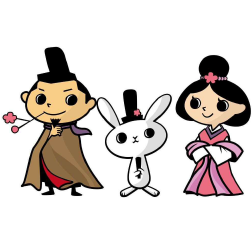
Dazaifu City Characters/Tabito the Traveler, Otomo no Tabitto, Princess Reiwa
First, head to the Culture Hall.
The Culture Hall is a facility with introductions and exhibits on sites and cultural properties in the city of Dazaifu. Outside is a meticulously reconstructed one-tenth model of the seven-storied pagoda that once stood at Chikuzen Kokubun-ji Temple.
The Chikuzen Kokubun Temple Ruins are a three-minute walk from here. The area is arranged to show where buildings once stood. At the ruins of the pagoda, enormous foundation stones that once supported pillars of a seven-storied pagoda remain intact.
Access Information
Address
818-0132 4-3-26 Kokubu, Dazaifu, Fukuoka
By Train
About 20 min on foot from Nishitetsu Tofuromae Station

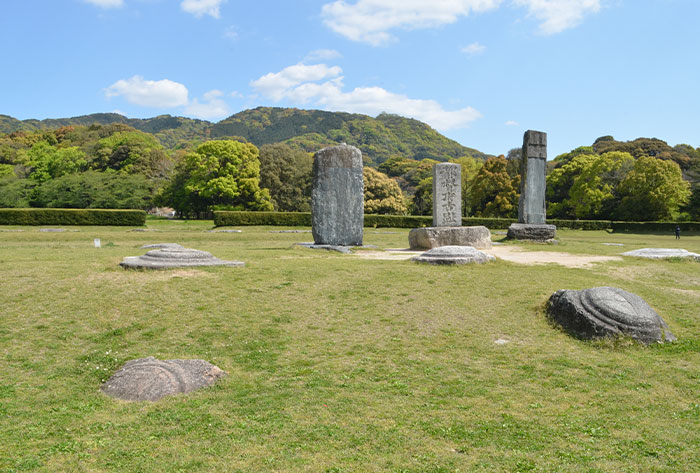
About the Western Capital
The “Western Capital”, created in Tsukushi 1300 years ago. Cultural assets speaking to the magnificence of this city of international exchange that flourished in East Asia are scattered across the cities of Chikushino, Kasuga, Onojo, Dazaifu, Nakagawa, and Umi in Fukuoka Prefecture as well as the town of Kiyama in Saga Prefecture.

